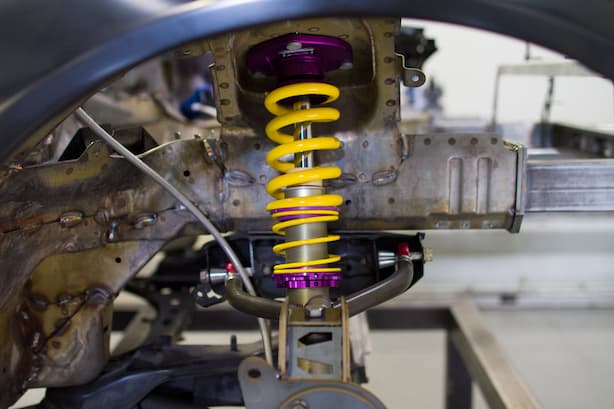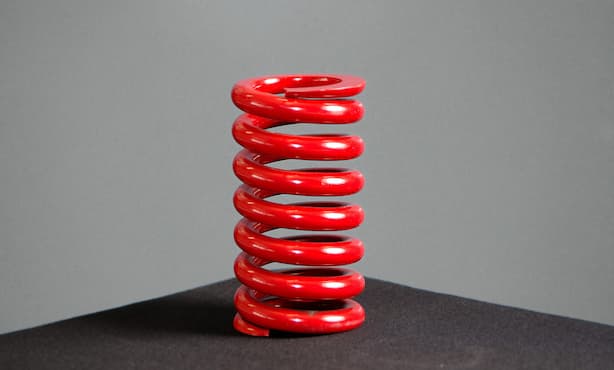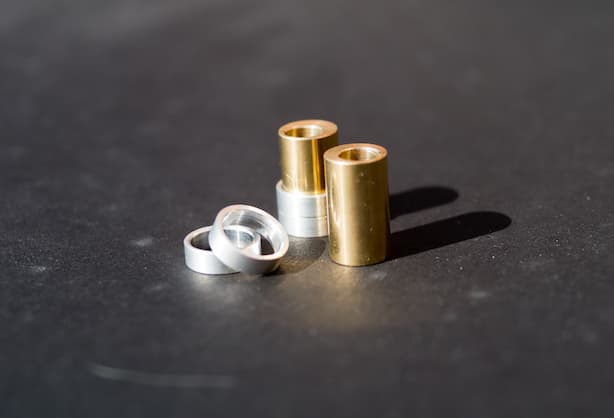A Guide to Suspension Upgrades: The Parts of a Suspension System Explained
The stock suspension system is tuned for comfort rather than performance. For that reason, off-roaders who are looking to tackle the toughest terrains the Australian bush has to offer often turn to aftermarket suspension kits. Fortunately for most, almost all vehicle manufacturers leave at least some room for improvement in the suspension department. If you’re someone who’s contemplating turning their 4×4 into an off-road beast, then the suspension system is probably the first thing you’re looking to upgrade.
However, the suspension system is quite complex, and there are literally thousands of different suspension kits available. Most owners don’t know how their suspension works, but luckily, most aftermarket kit manufacturers provide the whole package so you won’t have to search for individual parts. Not only can this save you time and nerves, but it can save you money as well. After all, suspension upgrades can be quite costly, but you’ll get more performance and capability improvements from them than any other aftermarket upgrade.
However, keep in mind that other parts, such as your tyres, will also play a role in how your suspension performs. High-quality off-road tyres will offer the traction you need to make the most out of your upgraded suspension. However, the tyre discussion is for another day. For now, let’s focus on the main parts of 4×4 suspension kits.
Coilovers

Coilovers are included in virtually every suspension kit. They’re the parts that wrap around shock absorbers, and they usually feature a dust guard right inside to protect the piston. If you want to lower your suspension and improve its handling, you want a kit with coilovers. Most coilovers are adjustable, so pay attention to their drop range to see how much you can lower your vehicle when you adjust them to the lowest setting. There are three important questions to ask yourself before you decide on which coilovers are ideal for you:
- What’s their adjustment range?
- Can they compress the springs?
- If they can compress the springs, how much can you adjust your vehicle without doing so?
Typically, adjustable coilovers feature a dial at the base that you can turn to raise or lower the height of your vehicle. Some models, however, require spanner wrenches to loosen the rings before you can adjust the coils. After using a wrench, you’ll need to re-tighten the rings to lock in the preferred height. Last but not least, high-end coilovers allow you to adjust the height from the comfort of your cabin.
Springs

These are the most recognisable parts of suspension systems. As you can guess, their purpose is to absorb the bumps you drive across. They enable your tyres’ flexibility when going downhill, uphill or when driving on level ground. Suspension springs have come a long from their arc-like design. They’re the most durable parts, and while they might sag over time, they probably won’t be the cause of any issues. Nowadays, most vehicles use coil springs, which are capable of withstanding a lot of pressure, thus allowing for a smoother ride. There are also coilover springs, which provide a decent balance between comfort and performance. Stiffer springs are used for lowering the suspension, whereas flexible springs are used for heightening.
Bushings

Although bushings are very small, they play a crucial role in the suspension system. They serve various purposes, including:
- Regulating joint activity
- Keepingbumpiness to a minimum
- Managing noise levels
- Mediating larger components
Replacing bushings when they’ve worn down is essential, as they can cause other, bigger parts to come in contact with one another. Fortunately, issues with the bushings are easily felt, and they’re the first things to look at when your suspension is acting up. They play an even more important role when you want to lower the suspension. Typically, the stiffer they are – the better. Most bushings on stock vehicles are usually made of rubber, whereas aftermarket bushings can be made of nylon, which is of superior quality.
Struts
Suspension struts act as a second filter to absorb bumps and support springs. They’re the part that plays the biggest role in ride comfort, as they absorb most of the crevices and bumps on the road. In most suspension setups, the struts are attached to the vehicle’s chassis and are the highest up component.
Dampers
The dampers are a key component in a suspension system, and without them, the energy created from the springs will have nowhere to go. They’re the parts that prevent your vehicle from rocking for long when you drive over a bump. If your dampers start failing, you’ll notice your driving becoming increasingly unpleasant. There are adjustable bumpers that are included in some coilover kits.
Conclusion
While suspension upgrades aren’t a necessity, they can go a long way in improving the performance of your off-road vehicle. Once you understand what you need from the suspension system, and what to look for when shopping one, it can be one of the best investments you make for your vehicle. Suspension upgrades can be performed part by part, or you can buy a whole kit to ensure compatibility, save money and time on installation, and the best results in performance, comfort and safety.






